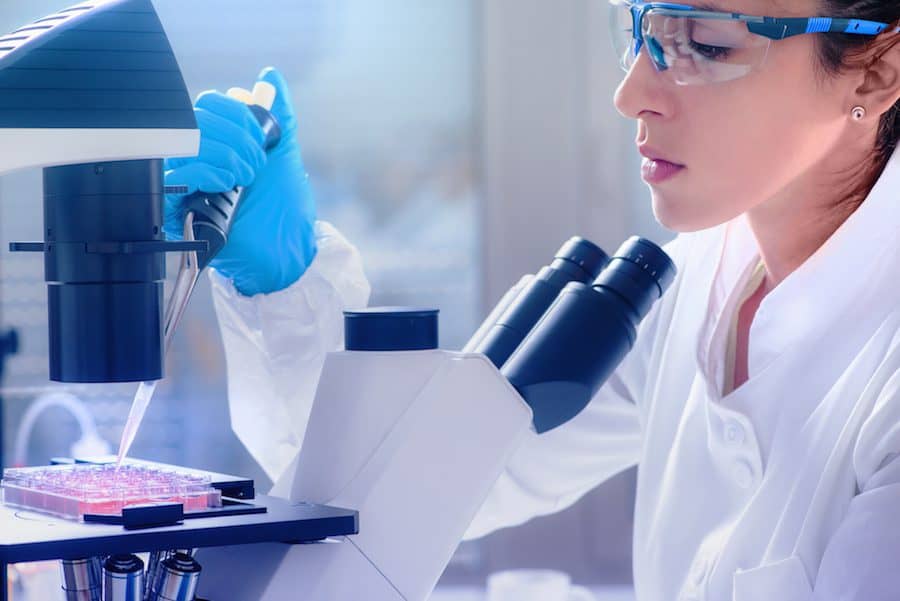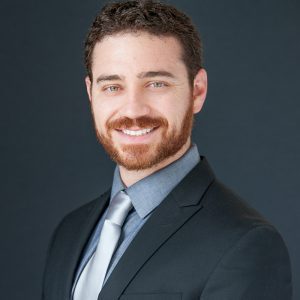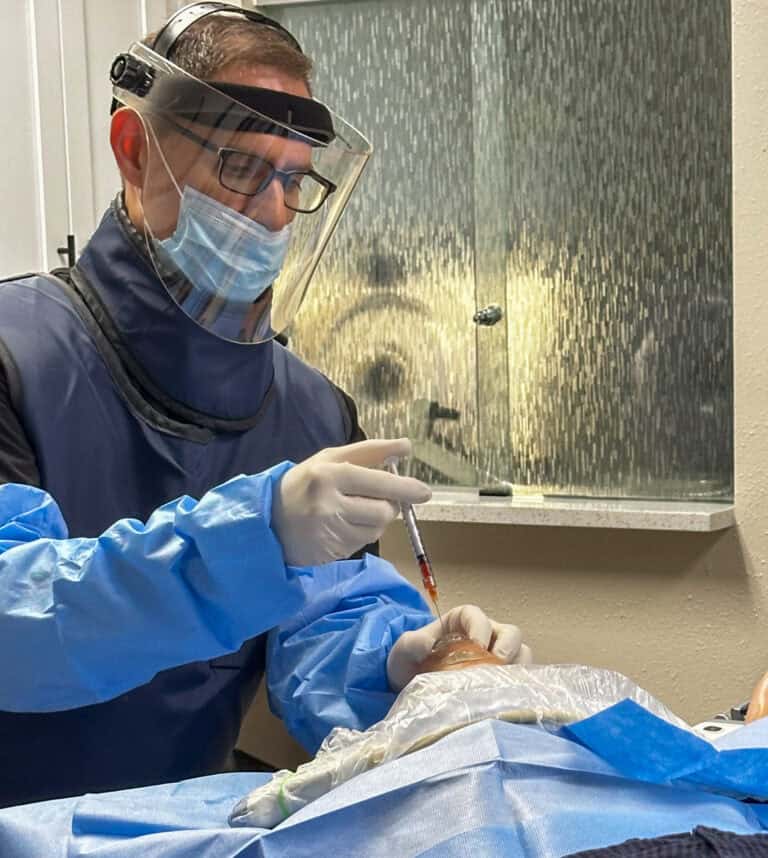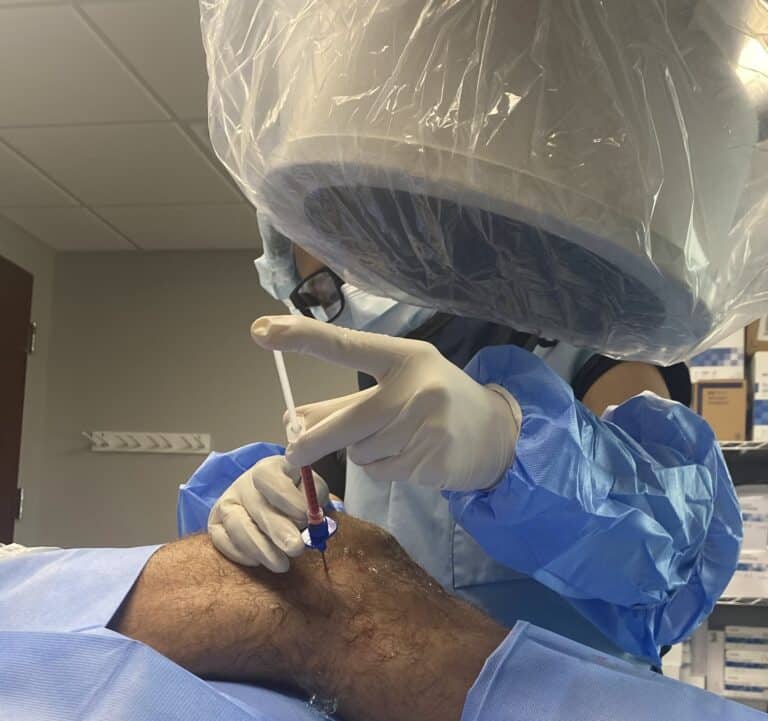You’ve probably noticed that we use the term “orthobiologics” quite regularly. Let’s explain what we mean by this term.
The term, “orthobiologics” is a combination of ortho (referring to the bones, joints, muscles, and tendons) and biologics, which in this context refers to substances that are naturally derived and can heal orthopedic tissues.
The use of the word “biologics” differs here when compared to how it is used in the pharmaceutical industry and in particular, rheumatology where it often refers to prescription drugs that are made by living organisms or contain a component of a living organism.
What are Orthobiologics?
Common orthobiologics include platelet-rich plasma, bone marrow concentrate, certain fat grafts, and birth tissues. These substances are either autologous or allogeneic and they can help bones, joints, muscles, or tendons heal if they are precisely injected or placed. However, to fully understand the scope of what is meant by the term “orthobiologics”, let’s break it down further into categories.
Categories of Orthobiologics
Orthobiologics can be broken down into two main categories:
- Where it originates from
- What type of tissue is being used and how
Let’s look at each of these individually.
Where do Orthobiologics Come From?
As previously mentioned have two categories of orthobiologics, autologous or allogeneic.
Autologous refers to the substance that comes from the same person in which it is being used. For example, the physician may draw blood, produce platelet-rich plasma (PRP) and then re-inject that PRP into a damaged tendon in the same patient that the blood was drawn from. Allogeneic means that the orthobiologic comes from another patient. One example would be a product derived from birth tissues and used in another adult.
What Type of Tissue is Being Used and How?
We break orthobiologics into these major tissue categories, blood-derived, stem cell-containing products, extra-cellular matrix, and conditioned media.
Blood-derived
In the blood-derived category, we have substances like PRP which is made from concentrated platelets taken from a patients’ own blood. These platelets produce growth factors that can assist in healing. Serums and plasmas made from blood are also included in this category. For example, platelet-poor plasma (PPP) is PRP without as many platelets, which also contains different cytokines and growth factors that may aid healing. Another orthobiologic in this category would be PPP with a specific cytokine that has been concentrated, like A2M. This is a large molecule found in the blood that is believed to inhibit cartilage breakdown.
Stem Cell-containing Products
Orthobiologics that contain stem cells are those that likely work through their stem cell content. For example, bone marrow concentrate is produced from a bone marrow aspirate taken from the back of a patient’s pelvis. This is then centrifuged so that the stem cell portion is concentrated. There is a body of research that shows that BMC or BMAC (Bone Marrow Aspirate Concentrate) works better if it has a higher stem cell content. Orthobiologics that have stem cells derived from another person (allogeneic) would also fall into this category. These would include isolating and culturing stem cells from bone marrow, fat, or birth tissues, which is not permitted in the U.S. at this time.
Extra-cellular Matrices
Extra-cellular matrices or ECMs are orthobiologics that act as a scaffold. This means that they can fill voids in torn tissue so that cells can grow across that area. Cells usually need something to grow on as they conduct their repair work. Many ECM orthobiologics also contain growth factors that act like espresso shots for repair cells, meaning that these substances can make cells work harder. Examples of ECM orthobiologics include fat grafts or birth tissues derived from amniotic or umbilical cords. Other examples include products such as demineralized bone matrix (DBM). DBM is cadaver bone that has had the calcium removed and is often placed through injection or surgically into a non-healing fracture where there is a larger gap. Some ECM orthobiologics are derived from animals. For example, pig bladder can be used to help your tendons and/or muscles heal.
You may be surprised to learn that birth tissue products derived from umbilical cords aren’t in the “stem cell” orthobiologics category. Despite what is often marketed and sold at seminars across the U.S. promising that these tissues have millions of young and vital stem cells, multiple research studies have shown the opposite. These are dead cell products with NO live or functional stem cells. However, they do have some growth factors and as such may help tissue in that way.
Conditioned Media
The conditioned media category of orthobiologics includes products currently being marketed as “exosomes.” These are tiny packets of cell-to-cell instructions which are usually purified from the media in which stem cells are grown in culture. They can have their own tissue repair effects, but since this product generally relies on tissue culture, these are not yet legal to use in the U.S. at this time (despite many companies avoiding the regulatory risk and marketing them illegally).
Orthobiologic Examples
Common examples of orthobiologics in daily medical practice include:
- A rotator cuff tear that doesn’t heal with physical therapy. The doctor performs a bone marrow aspirate from the back of the pelvis, concentrates the stem cells to produce BMC and injects this using ultrasound guidance into the damaged tendon. An injury to the neck joint “facets” from a car crash that won’t heal on their own. The doctor takes blood and creates PRP that is precisely injected into the tear and surrounding area using X ray and Ultrasound guidance into the damaged facets.
- A massive rotator cuff tear that needs surgery. The doctor surgically implants an ECM orthobiologic which is a patch derived from an animal bladder to help the tendon heal usually in combination with stem cells
As orthobiologics get more sophisticated, it’s likely that we’ll see more invasive orthopedic surgeries move to less invasive injections. Why? Because when we have substances that can heal, less invasive injections can be used to place those substances into damaged tissue without surgery. This type of approach is often called “interventional orthobiologics” or “interventional orthopedics.”
Orthobiologics are revolutionizing orthopedic care. Despite this, many patients don’t realize that these substances exist and can help them recover from orthopedic injuries, often without surgery.










